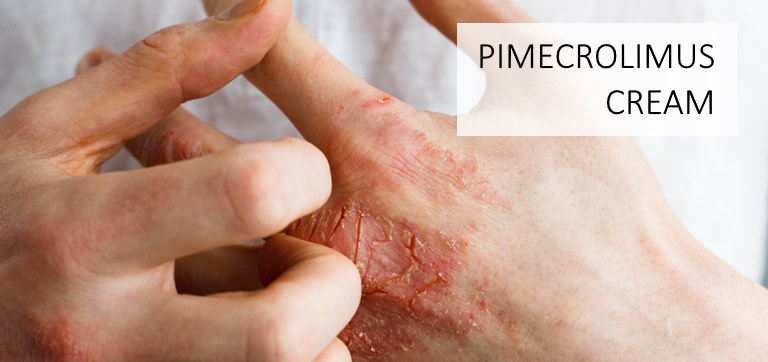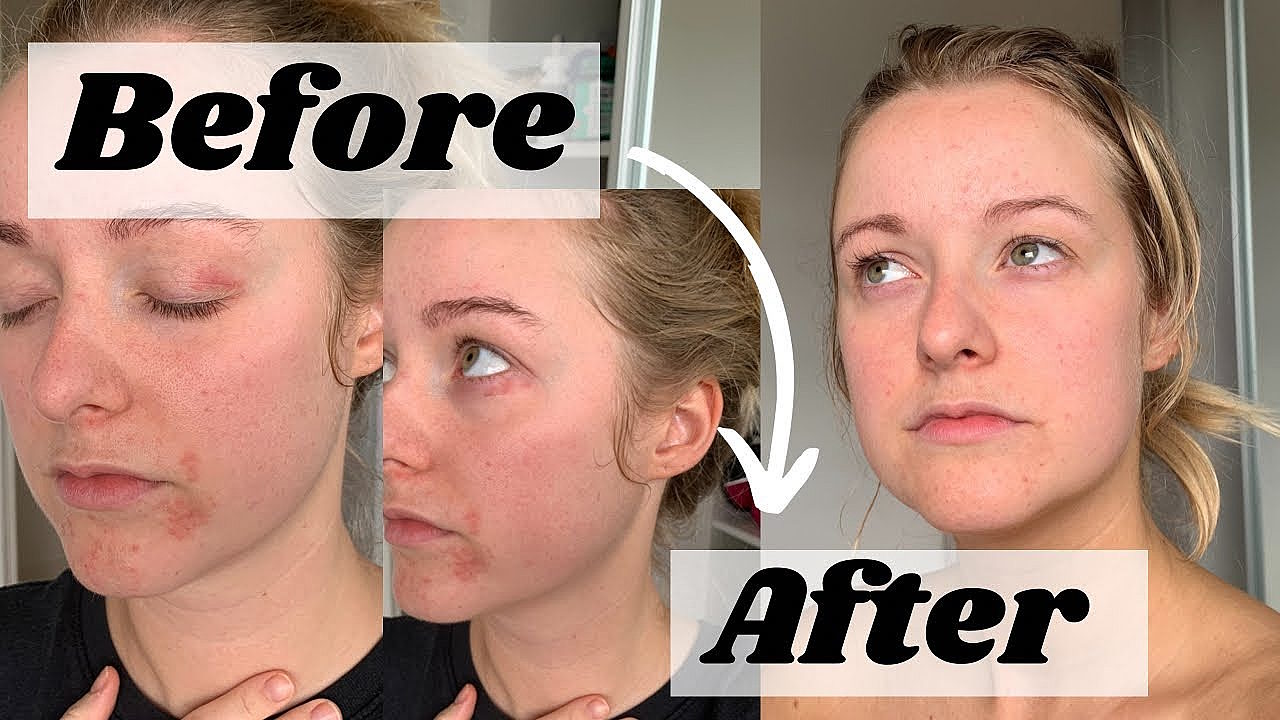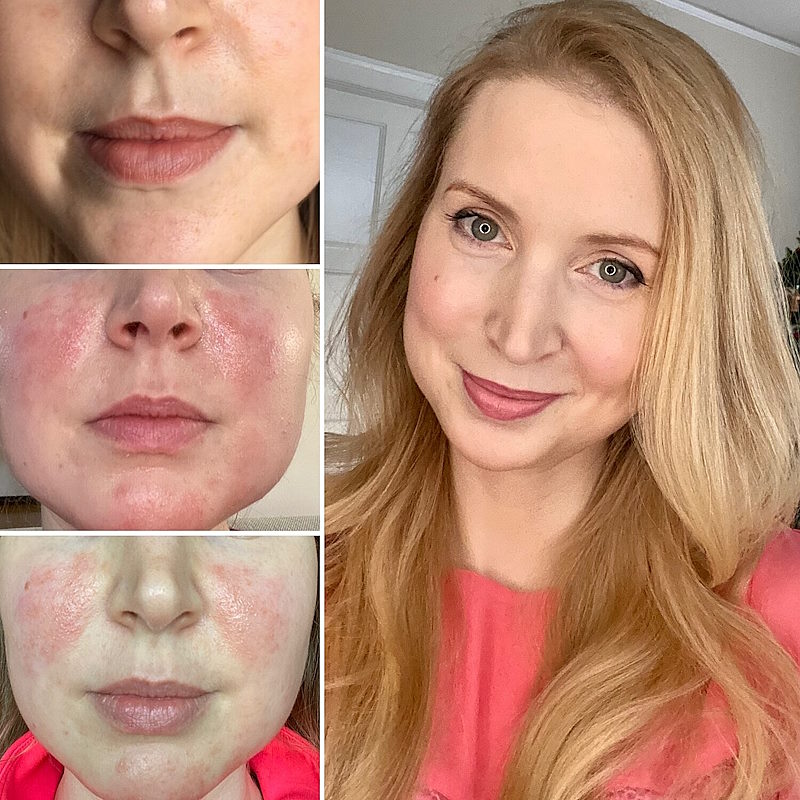Pimecrolimus Cream: Guide to Dermatological Treatment for Inflammatory Skin Conditions
Table of Contents
In the world of dermatological treatments, Pimecrolimus cream has been created as a valuable therapeutic option for various skin conditions. It is a topical immunomodulator belonging to the class of calcineurin inhibitors.
However, pimecrolimus offers an alternative to traditional corticosteroids. It works by inhibiting the activation of certain immune cells and the release of inflammatory substances which helps to reduce inflammation and itching associated with skin conditions.
What is Pimecrolimus Cream used for?
Pimecrolimus is a form of ascomycin that exerts its therapeutic effects by inhibiting calcineurin, a key enzyme involved in the activation of T-lymphocytes. Unlike corticosteroids, Pimecrolimus specifically targets immune cells in the skin, making it an invaluable option for managing inflammatory skin conditions without the risk of skin atrophy associated with prolonged corticosteroid use.
-
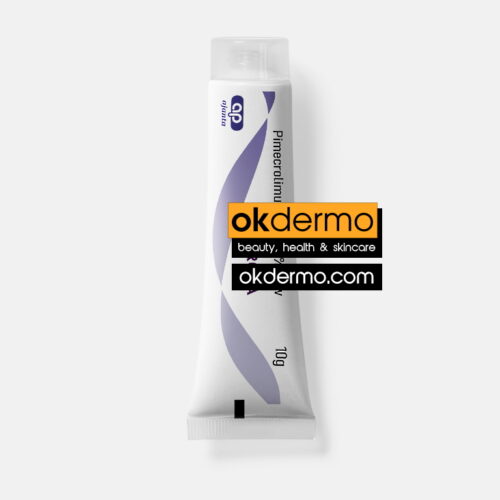
Pimecrolimus Topical Cream / Lotion
Pimecrolimus 1%
Brand name: Elidel
From USD $34.00 Select options
Pimecrolimus Cream Uses
Atopic Dermatitis:
Pimecrolimus cream stands out prominently in the realm of atopic dermatitis management. This chronic inflammatory skin condition which is often caused by itching, redness, and scaling, poses a considerable challenge for those suffering from the condition.
Pimecrolimus provides relief by modulating the immune response in the skin, reducing inflammation, and preventing the frequent flare-ups associated with atopic dermatitis.
Eczema:
Pimecrolimus is very useful for treating eczema. It is a skin condition that makes your skin itchy and inflamed. Although it can occur at any age it is more common among kids. It often improves as kids get older.
Other Inflammatory Skin Conditions:
While atopic dermatitis and eczema are primary conditions, Pimecrolimus cream may also be used for other inflammatory skin conditions. These may include contact dermatitis, seborrheic dermatitis, and other related disorders.
Pimecrolimus Cream Side Effects
While Pimecrolimus cream is generally well-tolerated, like any medication, it may have some side effects. Common side effects include:
Burning or stinging sensation:
Some people may experience a temporary burning or stinging sensation at the application site. This usually improves with continued use.
Itching:
Itching at the site of application is another common side effect. This is generally mild and tends to decrease over time.
Redness:
Redness of the skin may occur, but it is usually temporary and resolves as the treatment continues.
Skin irritation:
Some individuals may experience skin irritation, which can manifest as dryness or peeling.
Allergic reactions:
In some situations, allergic reactions are possible. Seek medical treatment if you have symptoms like rash, itching, or swelling, especially of the face, tongue, and throat, severe dizziness, or difficulty breathing.
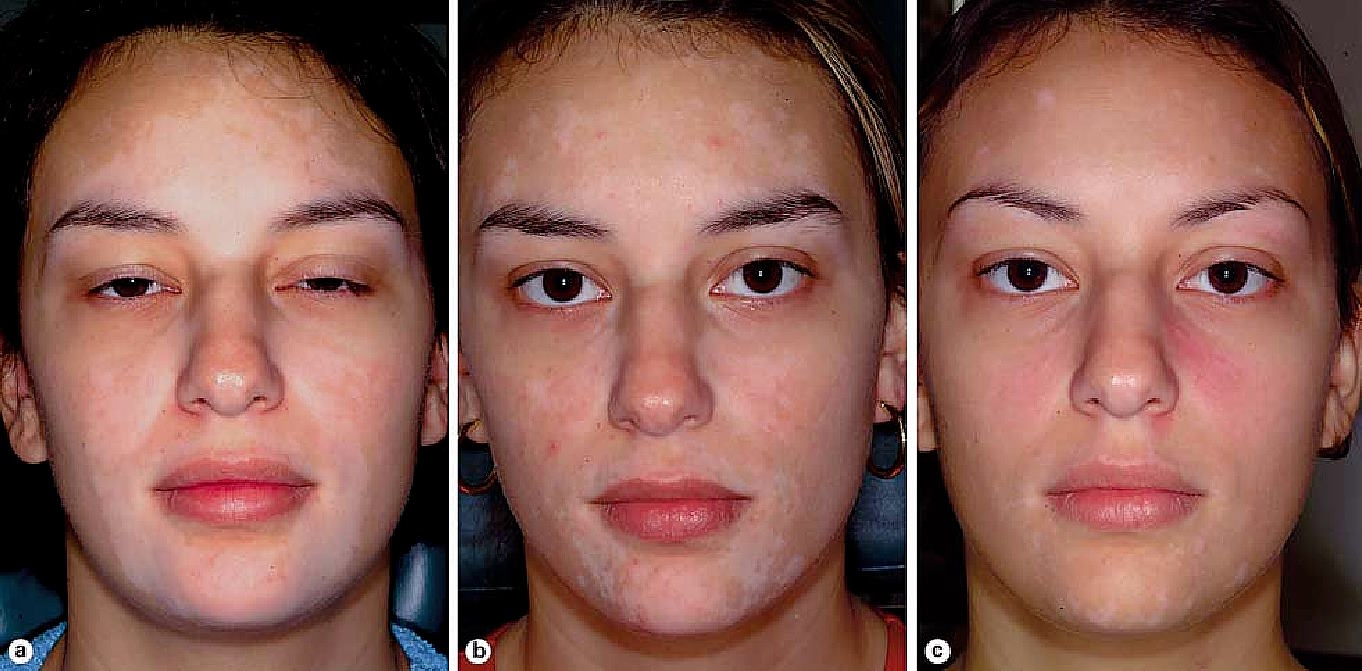
Pimecrolimus Cream in Repigmentation of Vitiligo
Pimecrolimus cream 1% results in repigmentation in vitiligo in different extents according to the location of the lesion; however, to clearly prove its efficacy as monotherapy or in combination with other available treatment options, double-blind placebo-controlled studies are essential.
Vitiligo is a chronic disease that mostly affects children and young adults. Nowadays many treatment options are available; however, most of them have limited efficacy and in most cases would result in undesirable complications.
Thirty consecutive patients with vitiligo lesions affecting less than 20% of body surface area without any previous history of spontaneous repigmentation were treated with pimecrolimus cream 1% twice daily for 12 weeks. The extent of repigmentation in vitiligo lesions was determined in each patient after 6 and 12 weeks. Results: Moderate to excellent response (repigmentation >26%) was observed in 6.6 and 25.9% of vitiligo lesions 6 and 12 weeks after treatment, respectively. More responsive lesions were located on the trunk, face and elbow (85.7, 75 and 70%). Conclusion: Pimecrolimus cream 1% results in repigmentation in vitiligo in different extents according to the location of the lesion; however, to clearly prove its efficacy as monotherapy or in combination with other available treatment options, double-blind placebo-controlled studies are essential.
Pimecrolimus Cream on Face
The application of Pimecrolimus cream on the face is a topic of interest and concern for many patients. Dermatologists prescribe this topical agent for facial conditions such as atopic dermatitis or eczema. It’s important to be careful when applying this cream around the eyes and mouth. Direct contact with these sensitive areas should be avoided. If accidental contact occurs, it’s important to rinse the affected area with water. Patients must adhere strictly to the prescribed guidelines.
Pimecrolimus Warnings
Sun Exposure:
Pimecrolimus cream has been associated with an increased sensitivity to sunlight. Patients using this medication should take precautions to minimize sun exposure and ultraviolet (UV) light, as these may increase the risk of skin cancer. Use sunscreen regularly to reduce the risk of sunburn.
Immunocompromised Individuals:
People with weakened immune systems require special consideration when using pimecrolimus cream or similar medications. In such cases, close monitoring and regular follow-ups are necessary.
Pediatric Use:
Pimecrolimus cream is approved for children aged 2 and older. Parents and caregivers should strictly follow prescribed guidelines.
Pimecrolimus Cream Brand Names
Pimecrolimus cream is marketed under various brand names by different pharmaceutical companies. One of the well-known names in this category is Elidel.
It has gained popularity for its effectiveness in treating atopic dermatitis, particularly in circumstances when other therapies are not effective. Patients need to be aware of the specific brand name associated with their prescribed medication.
Frequently Asked Questions (FAQs)
-
What is pimecrolimus cream used for?
Pimecrolimus cream is used to treat atopic dermatitis, commonly known as eczema. This chronic skin condition is characterized by inflamed and itchy skin. Pimecrolimus helps to suppress the inflammatory response in the skin, providing relief from symptoms caused by eczema.
-
When should you not use pimecrolimus?
You should not use the pimecrolimus If you have a known allergy or hypersensitivity to pimecrolimus or any of its components. Pimecrolimus may increase the risk of infections. It is generally not recommended for use on skin that has an active bacterial, viral, or fungal infection. If an infection is present, it should be treated before starting pimecrolimus.
-
How long does it take for pimecrolimus cream to work?
The effectiveness of pimecrolimus cream in treating symptoms of conditions like atopic dermatitis varies among individuals. Generally, noticeable improvement may be observed within the first few weeks of consistent use. However, the complete therapeutic effect may take several weeks to a few months. The severity of the skin condition also plays a role in the timeline of improvement.
-
Does pimecrolimus have thin skin?
Pimecrolimus is generally known to have a lower risk of skin thinning compared to some other topical medications like corticosteroids. While both are used to manage inflammatory skin conditions like atopic dermatitis (eczema) they differ in their impact on the skin structure.
Conclusion
If you are looking to treat inflammatory skin conditions, Pimecrolimus stands out as a prime choice for alleviating various skin diseases. This topical medication proves to be a highly beneficial option. Its mechanism of action involves inhibiting the activation of immune cells and reducing inflammation, making it particularly effective in treating conditions such as atopic dermatitis or eczema.
Moreover, it offers a lower risk of skin thinning compared to certain corticosteroids. This ability makes it a preferred choice, especially for sensitive skin areas. Targeting the root cause of inflammation not only helps manage the redness and itching but also contributes to an overall improvement in skin health. So start healing your skin with Pimecrolimus Cream. It cares for your skin, giving relief and making it healthier. Begin the journey to a happier complexion by providing the care your skin needs.
References:
- https://www.drugs.com/mtm/pimecrolimus-topical.html
- https://nationaleczema.org/eczema/treatment/topicals/topical-calcineurin-inhibitors/
- https://www.aad.org/public/diseases/eczema/childhood/treatment/medications
Post by:
Marcella Jiovanni
Skin Care Professional
“Marcella Jiovanni actively promotes the importance of maintaining healthy skin, she envisions the future of dermatology as moving away from pure medical, pharmacological dermatology and flowing more toward a holistic approach to wellness and skincare.”

